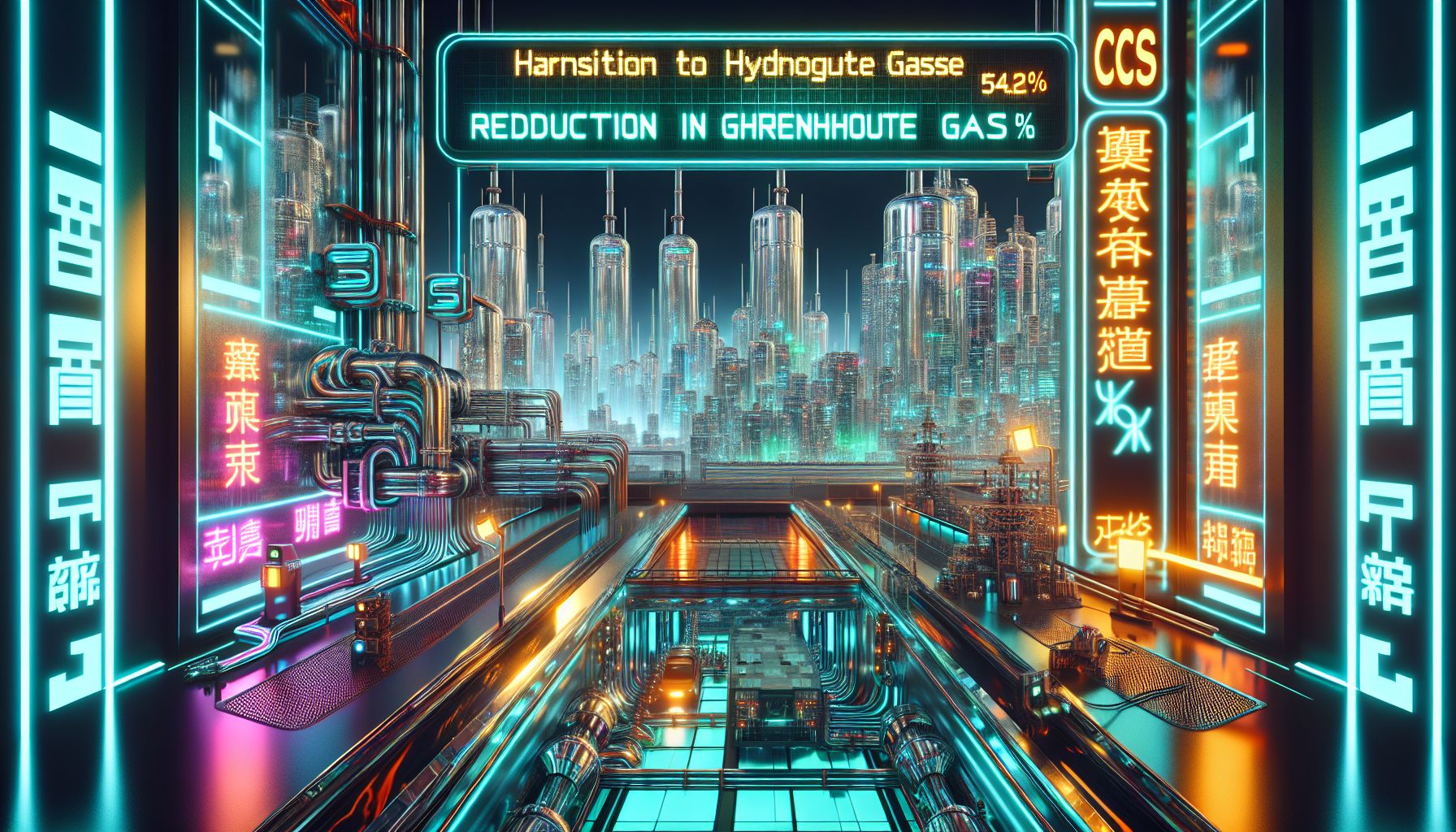Cutting Emissions: China's Hydrogen Makeover Shows Massive Potential

Beijing, Friday, 18 April 2025.
China’s move to cut up to 54.62% greenhouse emissions from hydrogen with CCS technology poses intriguing challenges and reveals sustainability strides in the energy sector.
Pioneering Carbon Capture and Storage (CCS) in China
China has taken a significant step forward by integrating carbon capture and storage (CCS) into its hydrogen production processes. The deployment of CCS technology has ensured a dramatic reduction in emissions, achieving up to 54.62% lower greenhouse gas emissions in blue and grey hydrogen production compared to traditional methods [1]. While this marks a formidable move towards achieving China’s dual carbon goals, the journey isn’t without its roadblocks. Implementing CCS increases reliance on nonrenewable resources, primarily natural gas, due to its energy-intensive nature [1].
Striking a Balance Between Benefits and Drawbacks
There’s a touch of irony in how CCS, while cutting down greenhouse gases, introduces other environmental challenges. The life cycle assessment shows unintended rises in marine ecotoxicity and human toxicity, making it clear that no single solution is perfect [1]. It’s a bit like cleaning up your room only to find you’ve just shoved everything under the bed. Nonetheless, these insights push for the integration of more renewable sources in hydrogen production to maximize environmental benefits and mitigate these drawbacks [1].
Innovative Renewable Energy Systems Emerge
Innovation takes the lead as China expands its renewable capabilities with projects like Huaneng’s Zhangye Green Power Hydrogen Production Demonstration Station, home to the largest photovoltaic adaptive electrolysis hydrogen system [2]. Such initiatives bolster the production of green hydrogen, although currently, they face challenges in scaling complexity compared to grey or blue hydrogen [1][2]. It’s like trying to make a gourmet meal—worth the effort but not as quick as a sandwich!
Offshore Hydrogen Production Hits the Waves
Further innovation is ebbing from China’s shores with the operation of its first integrated offshore hydrogen-ammonia-methanol project in Yantai [3]. This floating powerhouse not only produces hydrogen but converts it into methanol and ammonia, providing clean fuels and raw materials for industries. Utilizing renewable offshore energy sources, this project foreshadows a wave of future green hydrogen production [3]. It’s impressive how it incorporates both direct seawater and freshwater electrolysis systems, highlighting China’s adaptability in energy solutions [3].
The Road Ahead in Carbon Markets and Policy
Looking at the broader picture, China’s efforts in expanding its carbon markets align seamlessly with the sustainability push seen in its hydrogen initiatives. Plans to extend the national Emission Trading System (ETS) in 2025 to include steel, cement, and aluminium sectors demonstrate this [4]. The success of these measures could signal significant structural changes in China’s approach to emissions, paving the way for more robust climate policies domestically and internationally [4].
Conclusion: Striving for Sustainable Energy Development
China’s bold strides in hydrogen and carbon market reforms paint an optimistic picture for a greener future. By embracing both CCS and renewable technologies, the nation is laying down the foundation for sustainable energy systems. Yet, the journey is ongoing, with lessons to be learned and challenges to overcome. It remains to be seen how these initiatives will evolve, but one thing is certain—China is steadfast on its path to a more sustainable energy future. How this will impact global trends is something we’ll all have to watch closely.